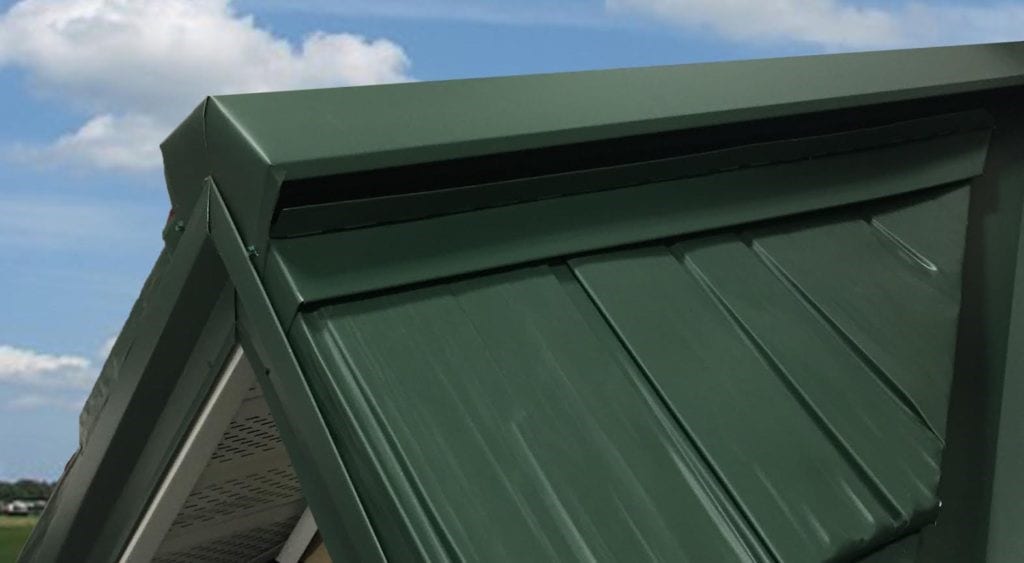3 Reasons Why Good Attic Ventilation is Important for Any Building
When it comes to roofing, regardless of whether it’s steel or shingles, residential or commercial, the air circulation underneath the roof is just as important as the outside surface of the roof. Here are three factors that come into play with attic ventilation.
Proper Ventilation Increases Energy Efficiency
Ventilation is used during the summer to vent heat out of the attic, reducing air conditioning costs. For many years, building science experts were focused on reflectivity as a way to keep heat out of the attic. While reflective or “cool roofs” are still a good idea, tests have shown that good ventilation, which quickly removes any excess heat back out of the attic, is equally, if not more effective at home energy efficiency.
Attic Ventilation Removes Condensation
A great deal of moisture is generated inside of a home’s living space. It is generated primarily by laundry, showers or bathing, houseplants, cooking, and ventless stoves. That moisture, originating in the living space of the home, migrates upward, and if a 100% reliable vapor barrier is not installed behind the home’s ceilings, it ends up in the attic. Once it’s in the attic, if that warm, moisture-laden air reaches a cool surface, it condenses. (Like the exterior of a cold beverage container outdoors on a hot, humid day.)
The resulting condensation can create a very unhealthy environment, one that is prone to growth of mold, mildew, or other biological growth. A well-vented attic also helps to keep your attic’s insulation dry, increasing its effectiveness. As insulation gains moisture over time, it loses considerable R-Value and effectiveness, in addition to keeping the attic environment damp. The moisture inside the attic can also cause slow wood rot for supporting trusses or decking, which could cause structural issues in the future.
Poor Attic Ventilation May Cause Ice Dams
For homes in northern climates, good attic ventilation can help minimize the potential for winter ice dams. Ice dams occur when warm air from the living space reaches the roof decking (the underside of the wood paneling sitting under the shingles or steel paneling). When this warm air reaches the decking from the underside, it causes the snow to melt. The melted snow then runs down the roof’s surface, and then refreezes over the home’s cold overhangs.
This creates damaging and dangerous ice dams. These dams often cause melted snow to leak into the home as the water looks for places to trickle down before re-freezing. Moisture may seep under shingles, or even further into the decking underneath and then re-freeze at night. The freeze-thaw cycles eventually damage the eaves or other areas of the roof.
Snow Guard Accessories
However, when attic ventilation is balanced well, the goal of having the attic temperature the same as outside temperatures, during any season is achieved. In winter, it helps prevent the snow load on the roof from melting. For metal roofing, there are snow guard accessories – rails that run parallel to the eaves, or clamp-on stops (see image below) to help prevent the snow from accumulating near the eaves, and further preventing the dams from forming.
Have you taken a look inside the attic of your home lately? It’s always good to inspect it from time to time, just to look for any potential water stains, which may indicate either leaks or moisture from Ice Dams.
If you have questions about attic ventilation or steel roofing, feel free to contact us or visit other areas of our website at AllAmericanSteel.net.
An additional source of information about metal roofing is the Metal Roofing Alliance.





